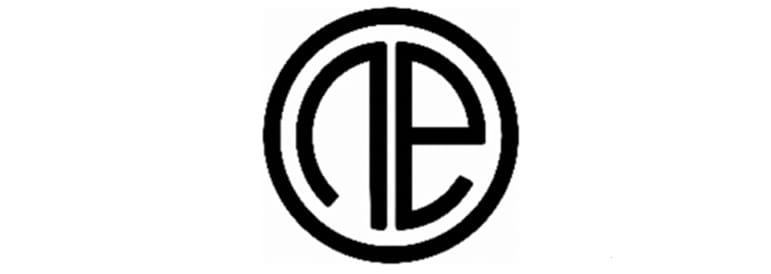A recent UK IPO case provided an interesting illustration of the impact of stylisation on the assessment of likelihood of confusion.
Harringtons Clothing Limited (Harringtons) applied to register the figurative trade mark depicted below in the UK in relation to various sports bags in class 18 and various types of leisurewear in class 25:

Retail Royalty Company (RR) opposed the application in its entirety, based on a likelihood of confusion with, and reputation in, various AE-formative trade marks, including EUTM No. 13945233 for the sign AE in classes 18, 25 and 35. RR also relied on passing off in the sign AE as a basis of opposition and filed evidence of its reputation and goodwill in the trade mark AE, being linked with its American Eagles brand.
Comparison of the goods
The Hearing Officer held that the goods at issue were identical because all of Harrington's specified goods were included in the broad terms covered by RR's earlier rights.
Comparison of the signs
Harringtons argued that its figurative mark is formed of the letters 'O', 'N' and 'E', making up the word "ONE" with a high degree of stylisation. It also contended that some consumers would see the mark as the letters "NE" within a circle, or as a purely figurative mark not formed of any letters at all. Harringtons argued that it was inconceivable that consumers would see the figurative mark as a representation of the letters "AE".
RR argued that the average consumer would clearly perceive the mark as consisting of the lowercase letters 'a' and ‘e’ within a basic, non-distinctive circle and that they would therefore read the sign as a slightly stylised form of the mark "ae".
The Hearing Officer decided that the average consumer would not perceive the mark as the word "ONE", as alleged by Harringtons. The average consumer is accustomed to seeing trade marks containing borders and circular surroundings and would not equate the circle in this mark with the letter 'O'.
However, the Hearing Officer also held that the first element contained within the black circle would not be seen as a lower case 'a'. In his view, it would be more likely to be seen as the letter 'n', a shape with no meaning, or possibly (but far less likely) a capital letter 'A' with the crossbar missing.
Accordingly, the Hearing Officer held that the marks are visually similar to a low degree. Aurally, he considered the marks dissimilar (in the event that the figurative mark is perceived as a shape with no meaning), similar to a medium degree (in the event that the figurative mark is perceived as the letters "NE"), and identical (in the less likely event that the figurative mark is seen as the letters "AE").
Since there is no conceptual message within the figurative mark that would be capable of immediate grasp by the average consumer, the signs were conceptually dissimilar.
The decision
The Hearing Officer held that there is no likelihood of direct confusion between the marks for those consumers who do not view the figurative mark as the letters "AE". There is no reason that such consumers would confuse the respective marks.
He also held that, even if the average consumer were to perceive the figurative mark as "AE", it would take a degree of work for them to arrive at that conclusion. The high degree of stylisation and impenetrability of the figurative mark would offset any likelihood of confusion especially as the purchase of retail gym and clothing goods is primarily visual.
In short, the differences between the signs, even in the unlikely event that the figurative mark is perceived as the highly stylised letters "AE", are significant enough to point away from any confusion caused by imperfect recollection of the average consumer.
The Hearing Officer also dismissed RR's reputation-based and passing off claims on the grounds that the visual differences between the signs would mean that the necessary link (reputation) and misrepresentation (passing off) would not be established.
Key takeaways
- Trade marks with a high degree of stylisation will be assessed on the overall impression that they leave on the average consumer rather than the owner's intention, the meaning behind the trade mark (as alleged by the applicant) or an artificial dissection of the individual elements of the trade mark.
- The UK IPO will look at how various different average consumers will perceive the figurative mark at issue but will also take a view on how likely the average consumer is to arrive at the perception of a figurative mark in a certain way.
- The fact that an insignificant number of consumers may perceive a trade mark as aurally identical to an earlier trade mark is seemingly insufficient for a likelihood of confusion where the purchasing process for the goods at issue is primarily visual.
Find out more
To discuss any of the issues raised in this article in more detail, please reach out to a member of our Brands & Advertising or Patents & Innovation teams.





